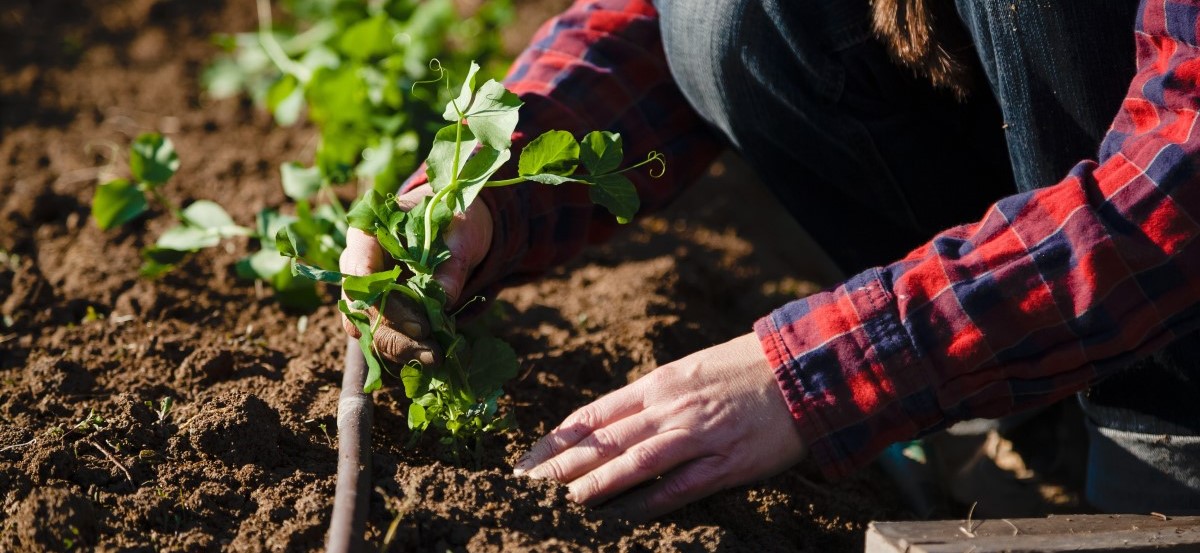Faith is at the heart of the mission of Catholic schools. We know that. We also know that the key to making faith the anchor of school culture and the lifeblood of school relationships is to have faculty and staff who themselves are well-formed and filled with faith. Forming faculty and staff in faith, though, entails many challenges. In a recent survey of Catholic school leaders conducted by Meitler, 51% of respondents – and 73% of superintendents who responded – indicated that faith formation of faculty and staff would be a bigger challenge in the coming year than the academic professional development of faculty.
One superintendent who was surveyed expressed that “you might be paddling upstream with formation.” Through their teacher preparation programs, teachers are often more prepared in the areas of curriculum, instruction, and assessment than they are in the areas of faith, mission, and Catholic identity.
Twenty-five years ago the Catholic bishops of the United States published an excellent document on adult faith formation called Our Hearts Were Burning Within Us.
In that document, the bishops looked at important aspects of adult faith, beginning with the statement that a mature adult faith is a living faith. Using that idea of a living faith as a lens will help us with the challenges of faith formation of faculty and staff in Catholic schools. It won’t erase those challenges, but it will help us look at them in new and productive ways.
Insight One: A living adult faith is developed more than received.
One of my previous jobs was at a lay ministry formation center where we were working on developing a faith formation program for faculty and staff. We had a group of people working diligently on outlining the curriculum for the program. We were focused on content – what did we need to teach them about Scripture, what did we need to teach them about doctrine, what did we need to teach them about morality and sacrament and church history?
 We were treating faith as a set of building blocks (which we had, and most of the faculty and staff didn’t). If we just gave each of them the building blocks of our course offerings, then the pieces would add up to faith.
We were treating faith as a set of building blocks (which we had, and most of the faculty and staff didn’t). If we just gave each of them the building blocks of our course offerings, then the pieces would add up to faith.
After we had completed our curriculum and had begun implementing the faith formation program, though, I had an epiphany. This epiphany came through the words of a young adult woman on a panel at a workshop that our Archdiocese sponsored. This young adult woman said that she was still an active Catholic primarily because of the youth ministry program she had experienced in her parish – more so than the religious education program at that same parish. She said, “In the religious ed program they focused on the knowledge that we didn’t have, but in the youth ministry program they focused on the faith that we did have and worked to help us grow that faith.”
 Around that same time, I was reading Our Hearts Were Burning Within Us, and reflecting on passages like this: “Faith is living and active, sharing many of the qualities of living things: it grows and develops over time; it learns from experience. … Adults need to question, probe, and critically reflect on the meaning of God's revelation in their unique lives in order to grow closer to God.”
Around that same time, I was reading Our Hearts Were Burning Within Us, and reflecting on passages like this: “Faith is living and active, sharing many of the qualities of living things: it grows and develops over time; it learns from experience. … Adults need to question, probe, and critically reflect on the meaning of God's revelation in their unique lives in order to grow closer to God.”
The statement from the young woman and the statement from the bishops’ document helped me realize that I had been forgetting that an adult is an active participant in their own faith formation, not a passive recipient. I had been focused on the content rather than on the person and the process.
That process needs to be one that prompts the faculty member or staff member to “question, probe, and critically reflect.” They do need content, so that they have something to reflect on, but the content is the starting point, not the ending point. Once some content is presented, there needs to be an opportunity for them to reflect on how they can connect that bit of content to their own faith, to their life, and to their work. Over time, your faculty and staff will be more deeply formed because they will have developed an extensive web of connections between faith and life. In the words of one of my colleagues here at Meitler, forming faculty and staff for mission is not only about what you pour into them but even more about what you draw out of them.
Faith formation will still be a challenge, but if we remember that a living adult faith is developed more than received and that our processes need to honor the fact that adults are active participants in their own faith development, our faith formation programs for faculty and staff are likely to have greater buy-in and greater impact.
(Read next: part two of this blog post, which looks at a living faith and a growth mindset.)


